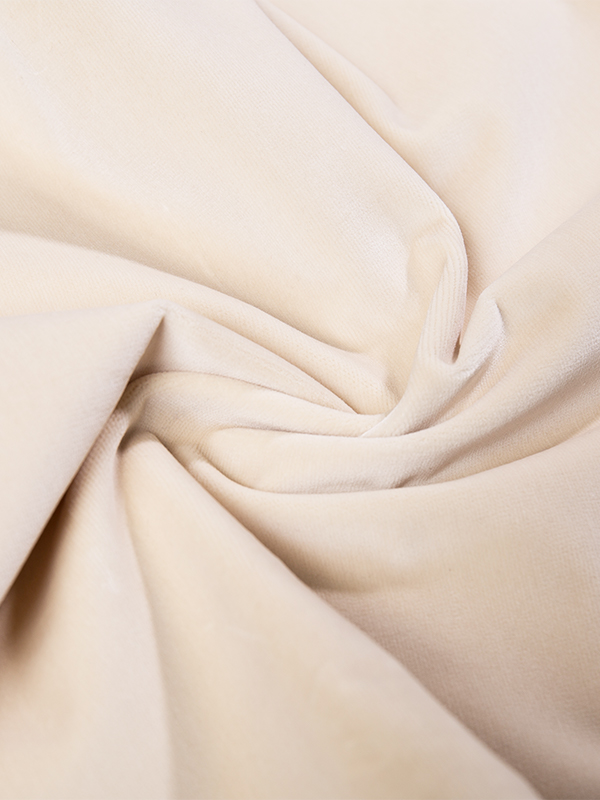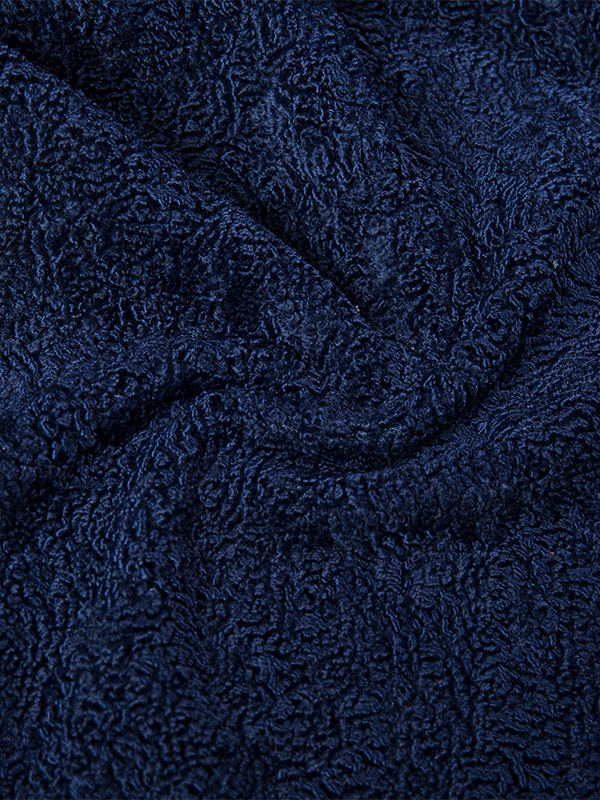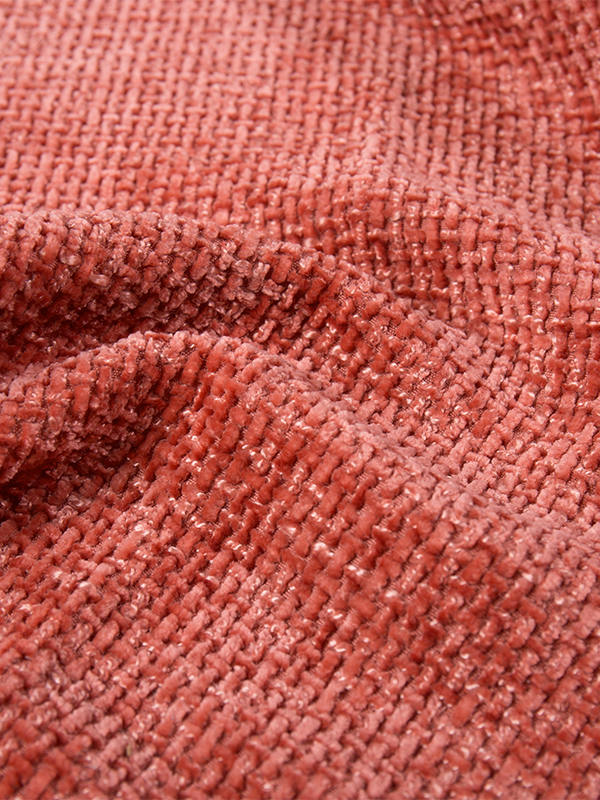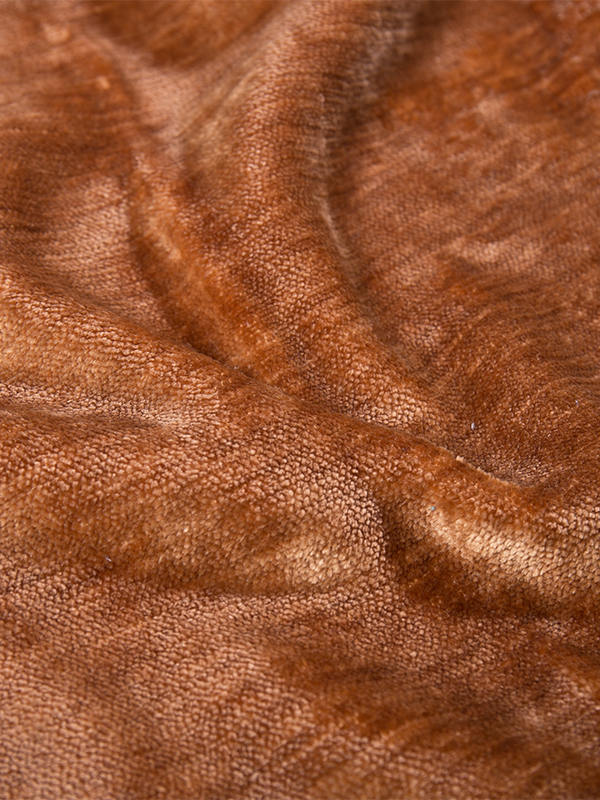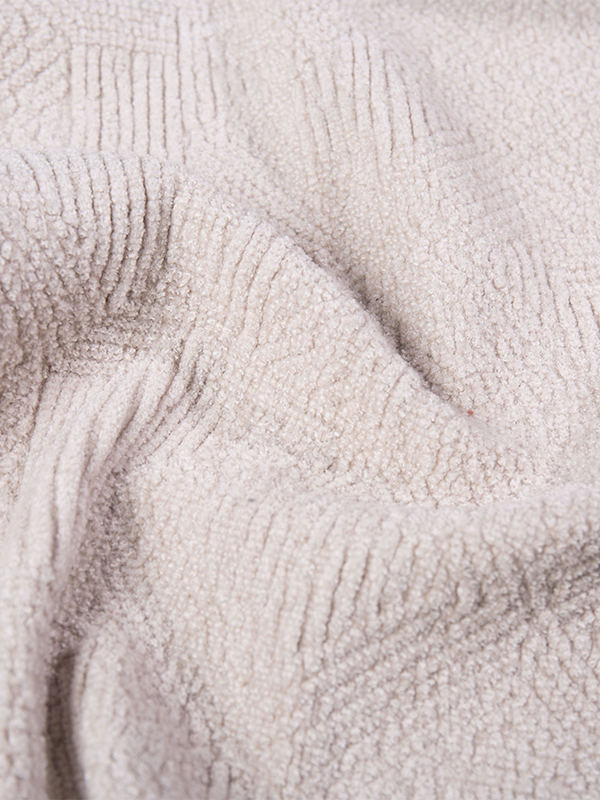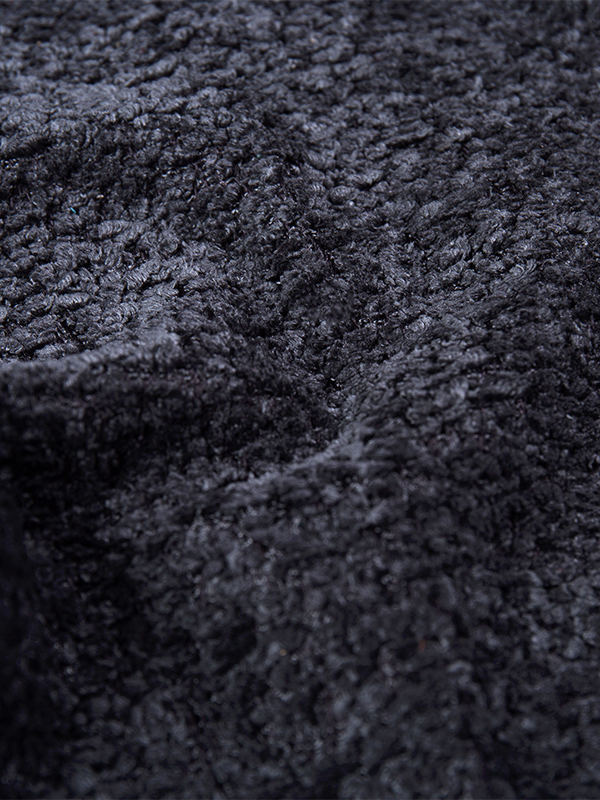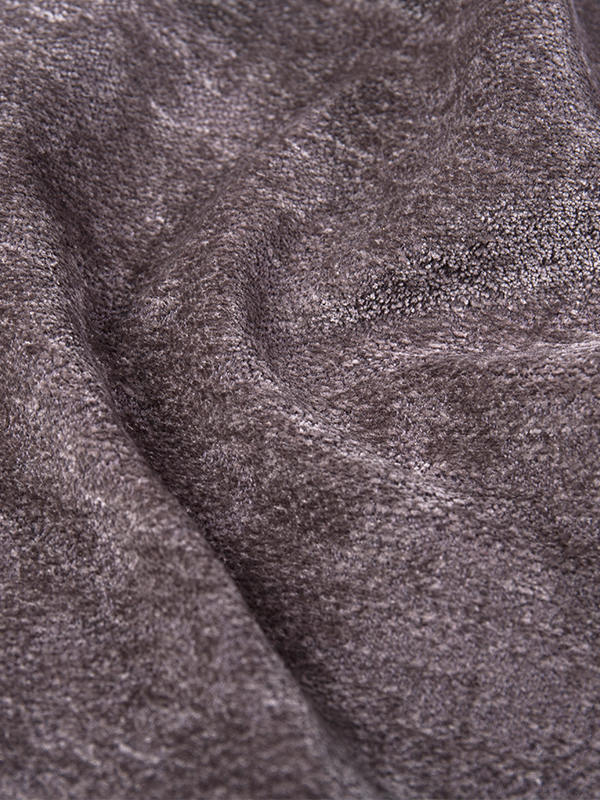Chenille has long been celebrated for its plush texture and versatile applications. Traditionally, it has been associated with comfort, making it a favorite for home furnishings such as sofas, cushions, and drapes, as well as for fashion garments. With the introduction of Natural Printed Chenille Fabric, this timeless material gains a new dimension. By using natural fibers as its base and incorporating printing techniques that minimize environmental impact, it offers a textile solution that appeals to both style-conscious and eco-minded users.
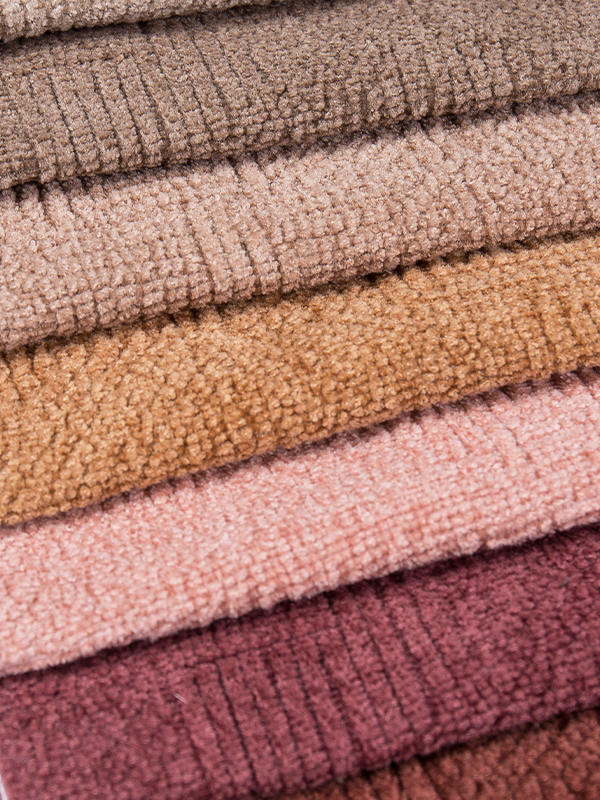
The tactile qualities of Natural Printed Chenille Fabric are among its attractive features. The yarns are woven in a way that creates a soft, velvety surface with a subtle sheen, giving any product made from it a luxurious feel. This texture is not only pleasing to the touch but also visually rich, as it interacts with light in a way that enhances the depth of printed patterns. Designs inspired by botanical elements, abstract art, or geometric motifs can all be brought to life with exceptional clarity and color retention.
In fashion, Natural Printed Chenille Fabric provides designers with a medium that bridges casual comfort and refined elegance. Its ability to hold detailed prints allows for creative freedom, whether the goal is to produce bold statement pieces or understated wardrobe staples. Jackets, skirts, and accessories made from this fabric benefit from its durability, meaning they can be worn season after season without losing their appeal. Furthermore, the use of natural fibers ensures breathability and comfort, making it suitable for year-round wear.
Home decor is another area where Natural Printed Chenille Fabric excels. Upholstered furniture gains a distinctive character when clad in a printed chenille, turning everyday items into focal points. Curtains made from this material can serve as both functional and decorative elements, offering privacy while introducing artistic patterns into a space. Even smaller accents, such as decorative pillows or throws, can transform the atmosphere of a room, reflecting personal style while contributing to overall comfort.
Sustainability is a defining strength of Natural Printed Chenille Fabric. The choice of natural fibers—often sourced from renewable or responsibly managed origins—reduces the reliance on synthetic materials derived from petroleum. Additionally, modern printing techniques used for these fabrics often employ water-based inks and low-energy processes, cutting down on harmful emissions and water waste. This approach not only benefits the environment but also produces fabrics that are safer for users, as they contain fewer chemical residues.
The durability of Natural Printed Chenille Fabric further enhances its sustainability profile. Because it is resistant to pilling and wear, items made from it have a longer lifespan. This reduces the frequency of replacement and helps minimize textile waste, which is a significant concern in the fashion and home goods industries. A longer-lasting product means fewer resources are consumed over time, aligning with the principles of responsible consumption.
From a design perspective, the versatility of Natural Printed Chenille Fabric is a key advantage. Its ability to adapt to a range of styles—from rustic and earthy to sleek and modern—makes it suitable for a broad audience. The patterns can be subtle and neutral for minimalist interiors or bold and colorful for statement-making fashion pieces. This adaptability ensures that the fabric can fit into diverse markets without sacrificing its core qualities of comfort and durability.
Ultimately, Natural Printed Chenille Fabric represents a thoughtful blend of aesthetics, performance, and environmental awareness. It proves that sustainability does not require compromising on style or functionality. By merging the rich, tactile appeal of chenille with eco-friendly materials and printing methods, it offers consumers a way to enjoy the better of both worlds. As awareness of environmental issues continues to grow, fabrics like this will play an increasingly important role in shaping a textile industry that values beauty, quality, and responsibility in equal measure.

 English
English 中文简体
中文简体 русский
русский عربى
عربى Español
Español